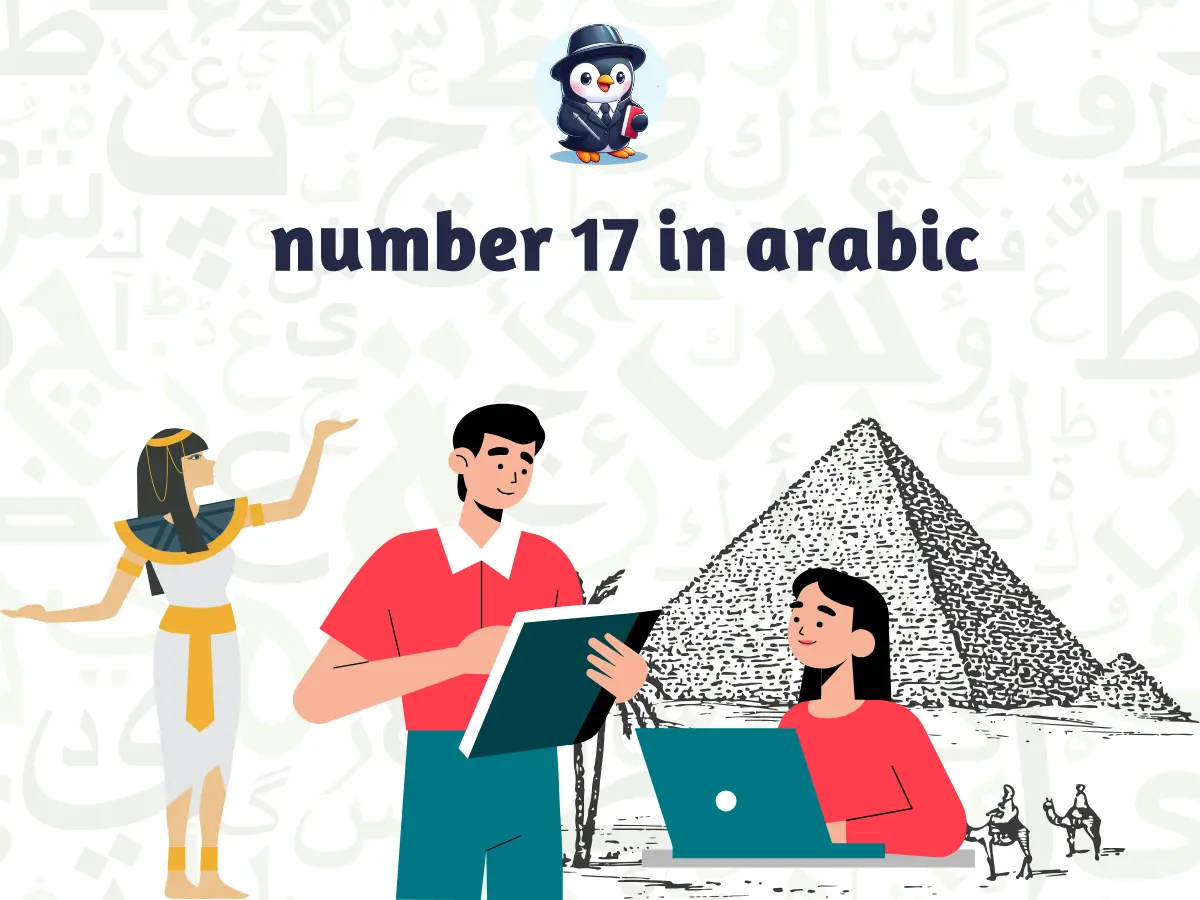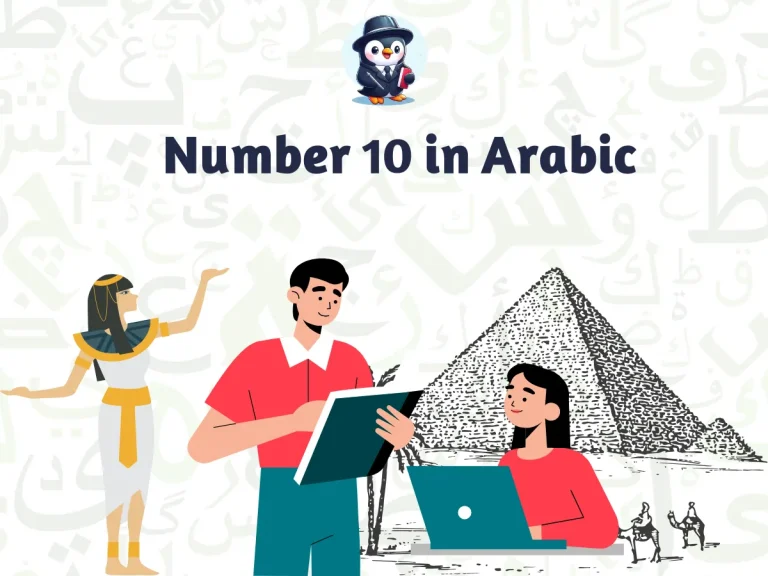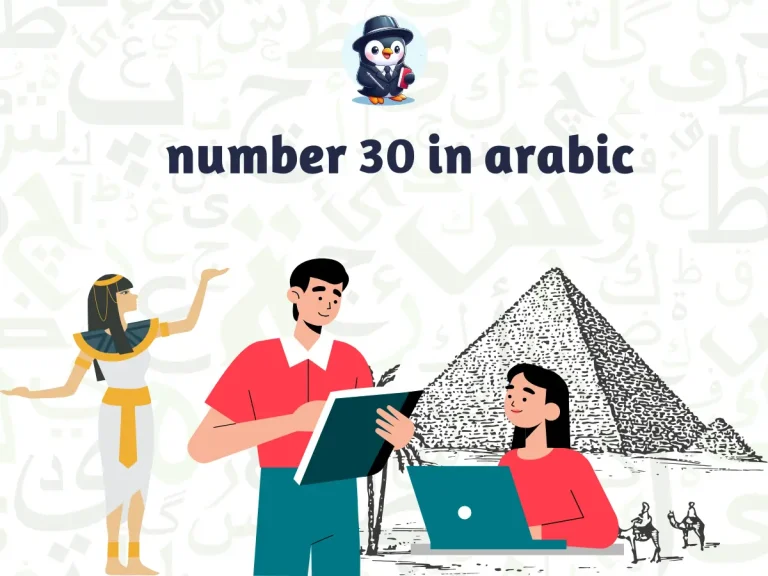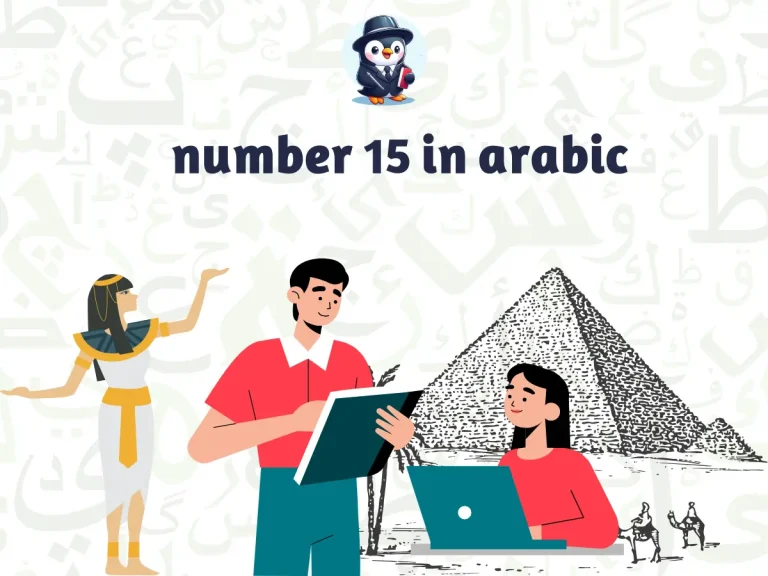number 17 in arabic pronunciation & writing
The number 17 in arabic, (Sabʿa ‘Ashar) in Arabic, holds a unique position within the language. It’s not just another number;
it bridges the gap between basic counting and more complex concepts.
To learn more about the rest of the numbers from 1 to 100, you can visit this link: Arabic numbers 1 to 100
Here’s a deeper look at the importance and diverse uses of seventeen in Arabic:
number 17 in arabic: Importance in Communication
Essential Transactions From everyday purchases
- (“urid sabʿa falafel” (أريد سبعة فلافل) – I want seven falafel)
- to negotiating at a market (“saa adfaʿu lak sabʿa ‘ashara riyālan” (سأدفع لك سبعة عشر ريالا) – I’ll pay you seventeen riyals),
using “Sabʿa ‘Ashar” is crucial for clear communication in everyday situations.
Understanding Dates and History Dates on buildings and documents often use numerals.
Knowing how to read “Sabʿa ‘Ashar” allows you to decipher these inscriptions, offering a window into the past.
- An inscription mentioning “bُonya fee a’am sabʿa wa ‘ishrīn” (بُني عام سبعة وعشرين) refers to a building constructed in the seventeenth year (of a specific era).
number 17 in arabic: A Bridge in the Number System
Shift from Pattern Numbers eleven to thirteen follow the “ten and one” pattern (e.g., “Ithna ‘Ashar” (اثنا عشر) for twelve).
However, seventeen marks a shift. It uses “Sabʿa” (سبعة) for seven, followed by “‘Ashar” (عشر) for ten.
This change signifies the move towards using the base number for higher values, making seventeen a crucial bridge between the initial system and more complex numbers.
Prime Number Significance Interestingly, seventeen is a prime number in mathematics, meaning it has no whole number divisors besides one and itself.
While this has no direct impact on everyday communication, understanding this mathematical concept can enrich your appreciation for the number’s unique nature.
number 17 in arabic: Cultural References
Numbers as Symbols Numbers can hold symbolic meaning in Arabic culture. While not as common as some other numbers,
seventeen might appear in folktales or proverbs, offering insights into traditional beliefs and values.
Understanding these references can enrich your cultural understanding of the Arabic world.
By understanding “Sabʿa ‘Ashar,” you navigate everyday communication, historical references, and the Arabic numbering system more effectively.
It serves as a stepping stone towards mastering higher numbers and gaining a deeper appreciation for the language’s structure.
Seventeen: Bridging the Gap in Arabic and Beyond
The number seventeen, “Sabʿa ‘Ashar” (سبعة عشر) in Arabic, occupies a unique space.
It transcends mere counting, serving as a bridge within the Arabic numbering system and potentially holding deeper meaning in ancient cultures.
Here’s an exploration of its multifaceted nature:
number 17 in arabic:Overview and Distinction in Arabic
Transitional Point Unlike numbers eleven to thirteen, which follow the “ten and one” pattern, seventeen marks a shift.
- It uses “Sabʿa” (سبعة) for seven, followed by “‘Ashar” (عشر) for ten.
This change signifies a move towards utilizing base numbers for higher values, making seventeen a bridge between the initial system and more advanced mathematics.
Importance in Communication Mastering “Sabʿa ‘Ashar” allows you to navigate situations beyond basic counting.
- From ordering food (“urid sabʿa falafel” – I want seven falafel)
- to understanding historical markers (“بني المسجد في عام sabʿa wa thalathīn” – the mosque was built in the year 73),
knowing number 17 in arabic empowers you to interact with the language more effectively.
The Number 17 in Ancient Cultures
Limited Evidence While the specific use of seventeen in everyday life within ancient civilizations isn’t as readily documented as some other numbers, its appearance in various cultures suggests potential symbolic meaning.
Mesopotamian Cultures Seventeen finds mention in association with the goddess Ishtar in some ancient Babylonian texts.
However, the exact significance remains unclear and requires further exploration.
Pythagoreanism Though not strictly an ancient civilization, the Greek school of Pythagoreanism held numbers in high regard.
Seventeen, as the product of 7 (considered masculine) and 5 (considered feminine), might have held symbolic meaning related to harmony and balance, but definitive evidence is lacking.
Egyptian Mythology The myth of Osiris, the god of the underworld, involves being dismembered into fourteen pieces.
His wife Isis, aided by Thoth, the god of wisdom, manages to find all but one, effectively making fifteen a symbolic representation of completeness or restoration.
While not directly related to seventeen, it highlights the potential for numbers beyond basic counting to hold symbolic meaning in ancient cultures.
Understanding the distinction of seventeen in Arabic and its potential significance in ancient cultures allows for a more nuanced appreciation of its role in human history and communication.
Further research into specific ancient civilizations might reveal more about the symbolic meaning attributed to seventeen.
number 17 in arabic pronunciation & writing
The number seventeen, “Sabʿa ‘Ashar” (سبعة عشر) in Arabic, plays a vital role in communication. Here’s a breakdown of how to write, pronounce, and use it effectively:
Writing number 17 in arabic
- Sabʿa (سبعة): Written with the letters sin (س), baa’ (ب),
ayn(ع), and hah (ه).
- ‘Ashar (عشر): This part uses the letters
ayn(ع), shiin (ش), and ra (ر).
| sabʿa ‘ashara | Arabic | English |
|---|---|---|
| Wah-hid | سبعة عشر | seventeen |
| kam suʿru sabʿa ‘ashara tuffaḥah | كم سعر سبعة عشر تفاحة | How much are seventeen apples |
Pronunciation: number 17 in arabic
- Sabʿa: Sounds like “sa-baa” with a slight emphasis on the “a.” The
ayn(ع) has a guttural sound.
- ‘Ashar: Refer to explanations for numbers eleven through nineteen. The
ayn(ع) again has a guttural sound.
Examples of Usage number 17 in arabic
يغادر القطار في تمام الساعة الخامسة عشرة دقيقة بعد السابعة عشر.
yaghiiru al-qitaar fi tamam al-saaʿah al-khamsah ʿasharah daqiqah baʿda al-sabʿa ‘ashara
The train leaves at exactly 5:15 PM (literally, fifteen minutes past seventeen).
لدي سبعة عشر كتابًا عن تاريخ مصر.
lidi sabʿa ‘ashara kitaban ʿan tarikh Misr.
I have seventeen books about Egyptian history.
سأصل إلى المطار بعد سبعة عشر يوما.
sa-asol ila al-matar baʿda sabʿa ‘ashara yawman.
I will arrive at the airport in seventeen days.
Remember
The number seventeen acts as a bridge in the Arabic numbering system, moving away from the “ten and one” pattern used for eleven to thirteen.
Mastering “Sabʿa ‘Ashar” allows you to navigate everyday communication, historical references, and understand larger quantities.






